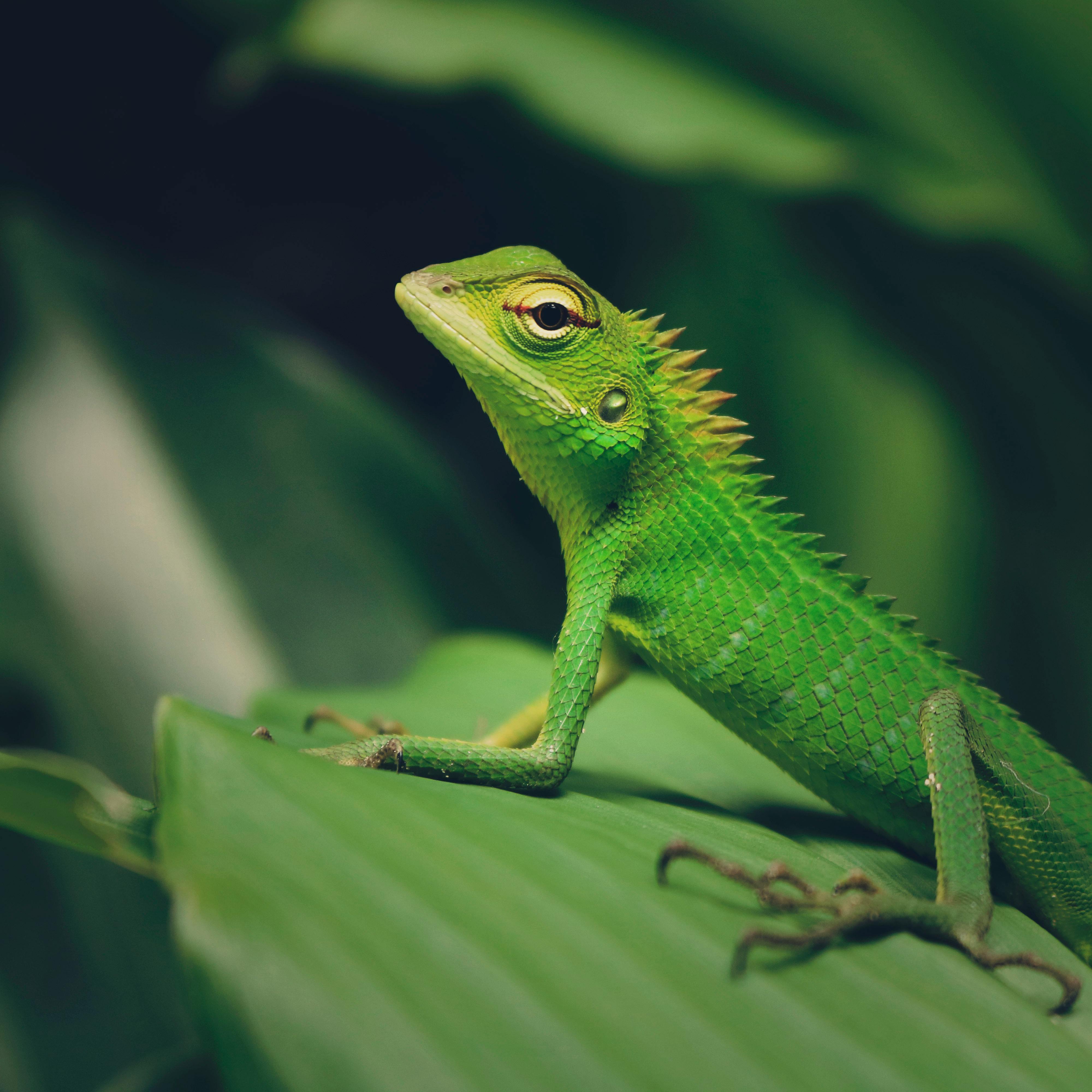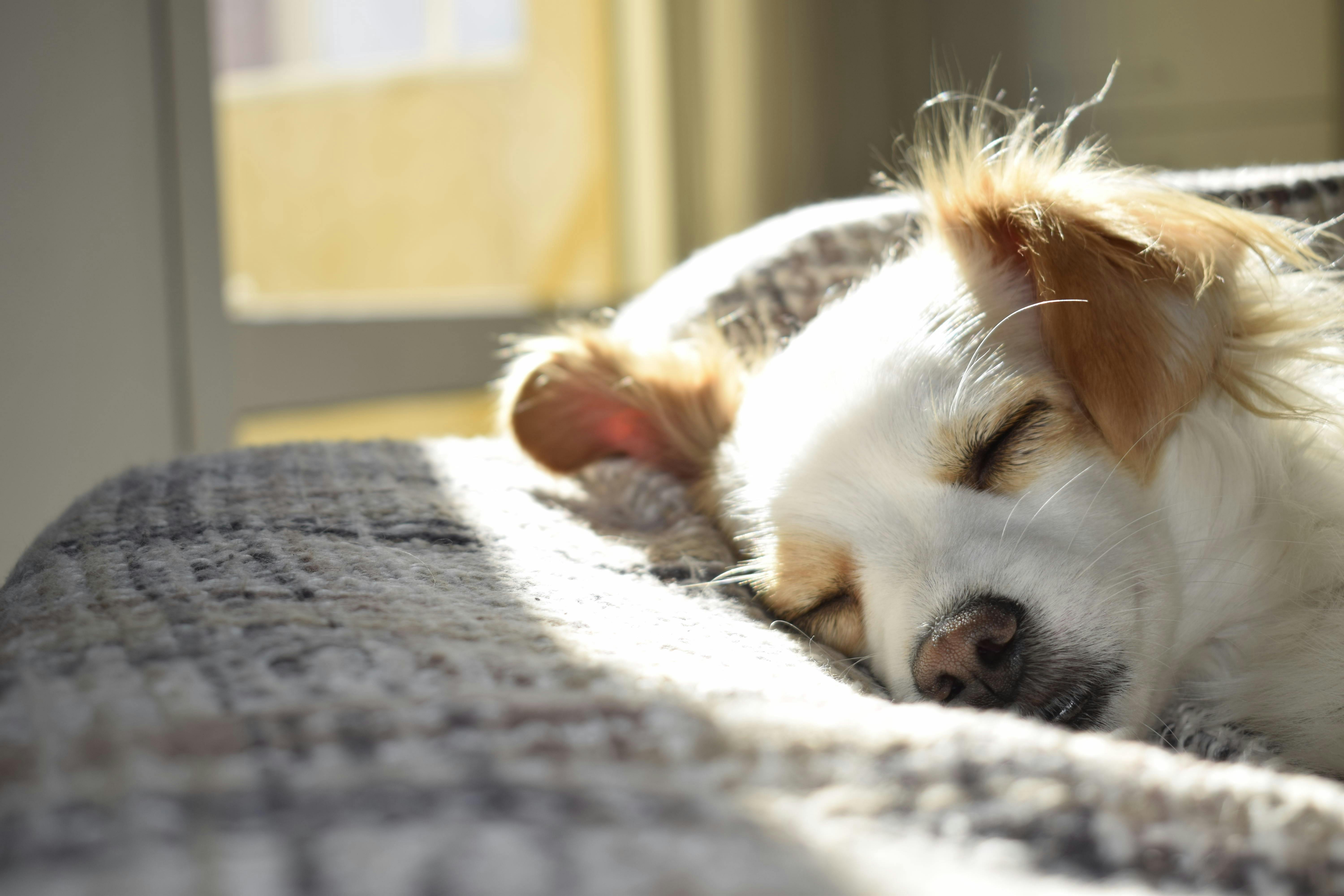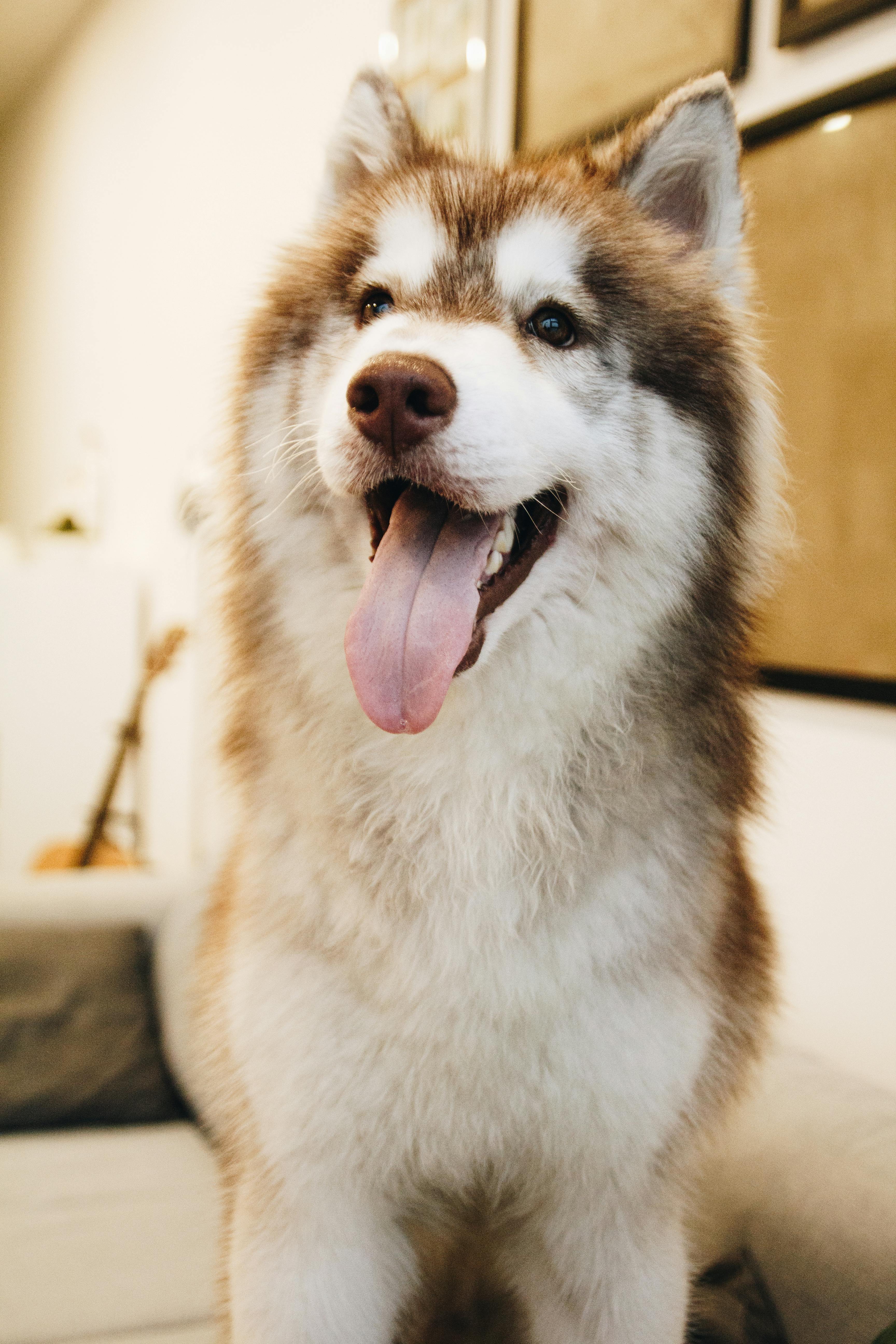
Lizards, these mysterious and unique reptiles, attract numerous enthusiasts with their diverse shapes and habits. If you decide to welcome a lizard into your home, it is crucial to understand and master the basic knowledge of taking care of them, which is the key to ensuring that lizards live a healthy and happy life.
I. Suitable Terrarium
- Size: Lizards need enough space to move around, explore, and rest. For small lizards like the leopard gecko, a terrarium with at least a length of 30 cm, a width of 15 cm, and a height of 15 cm is required. For larger lizards such as the green iguana, which can grow up to 1 - 2 meters in length when fully grown, a large terrarium with a length of 1.5 meters, a width of 0.6 meters, and a height of more than 0.8 meters is needed to meet their daily activity needs.
- Material: Glass terrariums are a common choice. They are convenient for observing the lizard's activities and can maintain temperature and humidity well. However, attention should be paid to the ventilation problem. Ventilation openings can be set on the top or side of the terrarium. Wooden terrariums are also used, but waterproof treatment needs to be done well to prevent the wood from rotting due to the lizard's excreta or a high-humidity environment. In addition, plastic terrariums are lightweight and affordable, but their heat preservation and durability may be slightly inferior.
- Internal Layout: A hiding place should be set up in the terrarium, which can provide a sense of security for the lizard, allowing them to have a place to hide when they feel nervous or need to rest. Half of a flower pot, a specially made resin hiding place, etc. can be used. At the same time, place some branches, stones, etc. for the lizard to climb on, simulating its living scene in the natural environment and satisfying their natural instincts. The thickness of the branches should be moderate to facilitate the lizard's grip. For ground-dwelling lizards, more flat stones can be laid to increase the activity space.
II. Precise Temperature and Humidity Control
- Temperature: Lizards are cold-blooded animals and rely on the external environment to regulate their body temperature. Different species of lizards have different temperature requirements. Take the bearded dragon as an example. A temperature gradient needs to be set up in the terrarium. The temperature in the hot area should be maintained at 38 - 42°C, and the temperature in the cool area should be 25 - 28°C. Heat sources such as heat lamps and ceramic heaters can be used in the hot area. Place a flat stone slab under the lamp, and the lizard can lie on it to absorb heat. The cool area can achieve a suitable temperature through ventilation and staying away from the heating equipment. The temperature at night can be appropriately lowered, but it should not be lower than 20°C, otherwise it may affect the lizard's digestion and metabolism.
- Humidity: Humidity is also very important. Desert lizards, such as the regal horned lizard, prefer a dry environment, and the humidity should be maintained at 30% - 40%. A low humidity can be maintained by laying dry sand and regular ventilation. However, rainforest lizards, like the crested gecko, require a higher humidity, generally 60% - 80%. A humidifier can be used to increase the air humidity, and spray water into the terrarium 1 - 2 times a day. Place a shallow water basin in the terrarium, which can not only provide water for the lizard to drink but also help increase the local humidity. At the same time, pay attention to observing the hygrometer to avoid the growth of mold due to excessive humidity.
III. Reasonable Diet Arrangement
- Food Types: Lizards have diverse feeding habits and are mainly divided into carnivorous, omnivorous, and herbivorous. Carnivorous lizards such as the Komodo dragon (of course, such large and dangerous species are generally not kept in households; common ones like young bearded dragons), feed on insects, small mammals, birds, etc. Insects such as crickets, mealworms, and Dubia roaches can be fed, and occasionally some small baby mice can be provided. Omnivorous lizards, such as the green iguana, have a diet that includes vegetables, fruits, insects, etc. Vegetables such as kale, carrots, and pumpkins can be chosen, and fruits such as apples and bananas can be fed, but pay attention to the appropriate amount to avoid excessive sugar. Herbivorous lizards mainly feed on various plants. For example, when the green iguana is an adult, plant-based foods should account for more than 90% of its diet.
- Feeding Frequency: The feeding frequency depends on the age and species of the lizard. Young lizards grow rapidly and need more nutrients, so they are generally fed 1 - 2 times a day. Adult lizards have a relatively slow metabolism and can be fed every 2 - 3 days according to their activity level and digestion. Each feeding amount should be such that the lizard can finish eating within 10 - 15 minutes to avoid food residue spoiling and polluting the living environment.
IV. Cleaning and Hygiene Maintenance
- Feces Removal: Check the terrarium at least once a day and clean up the lizard's feces in a timely manner. If the lizard's feces stay in the terrarium for a long time, bacteria will multiply, and an unpleasant odor will be generated, affecting the lizard's health. Use tweezers or a small shovel to pick out the feces and put them into a sealed garbage bag for disposal. For feces stuck on items such as hiding places and branches, wipe them clean with a damp cloth. If necessary, a pet-specific disinfectant can be used for disinfection, but make sure the disinfectant has completely evaporated before the lizard comes into contact with it.
- Cleaning of Food and Water Bowls: The lizard's food and water bowls should be cleaned every day. After each feeding, rinse the food bowl with warm water to remove residual food and prevent the food residue from spoiling and causing the growth of bacteria. Change the water in the water bowl every day to keep it clean and prevent the growth of microorganisms such as algae in the water. Once a week, conduct a deep disinfection of the food and water bowls. Soak them in a diluted pet-specific disinfectant for 15 - 20 minutes, and then rinse them thoroughly with clean water and let them dry for later use.
- Overall Environment Cleaning: Regularly carry out a comprehensive cleaning of the terrarium. Every 1 - 2 weeks, temporarily transfer the lizard to a safe container, take out all the items in the terrarium, including hiding places, branches, stones, etc., thoroughly clean the inside of the terrarium with warm water and a pet-specific cleaner, wipe it clean, and let it dry by ventilation. Clean and disinfect the taken-out items as well. After rearranging the terrarium, put the lizard back. This can effectively prevent the spread of diseases and create a clean and comfortable living environment for the lizard.







